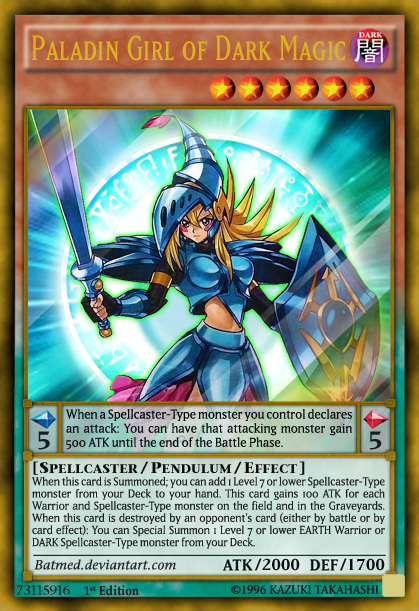Hearts are the healers. Diamonds are the support. Clubs are the dps. Spades are chaos.
Each one has an ability that is unique to them that can affect the card battle aspect off the game.
And along with these abilities, as the players level up they get to choose other abilities to supplement their starting ability.
Perhaps when you level up you get to choose between three things. You get either a.) a heart, b.) a new card, or c.) an ability. Leveling up happens after each episode, so after a Lich, or a nightmare is defeated.
Or, instead of the class giving you the starting ability, the class chooses your starting card, then you can choose an ability that represents your character.
Some ideas for abilities include:
Wish - the Madoka one. You make a wish as you become a magical girl and it effects the world/game.
Thrill seeker - Putting yourself in danger is favorable for you. Any time you put yourself in a position to lose a heart, you gain advantage to your success roll.
Masochist - Any time you take at least a heart's worth of damage, you gain advantage on your next success roll.
Sadist - Any time you deal at least a heart's worth of damage, you can discard a card to draw a new one.
Knight - You make a promise. This can be to anyone or anything. When in service of this promise you gain advantage to a roll. If you break this promise you lose your powers.
Princess - You gain a familiar.
Druid - You have an animal form that you can access 1/day
Alcoholic - Taking a shot of alcohol grants you advantage to your next roll
Those are some ideas. All can be used in and out of combat, with some of them leaning more towards one or the other.
This idea might work with the numenera system. I am a adjective noun who verbs. But maybe it'll just be "I am a adjective class." Like, I am a masochist heart, or a diamond heart, or something like that.







